Home>Renovation & DIY>Home Renovation Guides>How High Should The Backsplash Be


Home Renovation Guides
How High Should The Backsplash Be
Modified: August 17, 2024
Learn about the ideal height for your backsplash in our comprehensive home renovation guide. Get expert tips and advice for your next project.
(Many of the links in this article redirect to a specific reviewed product. Your purchase of these products through affiliate links helps to generate commission for Storables.com, at no extra cost. Learn more)
Introduction
When it comes to renovating your kitchen or bathroom, every detail matters. From the color of the cabinets to the style of the countertops, each decision contributes to the overall aesthetic and functionality of the space. One often overlooked element that can significantly impact the look and feel of these rooms is the backsplash. The backsplash not only serves a practical purpose by protecting the walls from spills and splatters, but it also offers an opportunity to add a touch of personality and style to the room.
The height of the backsplash is a crucial consideration in the design and renovation process. Determining the ideal height involves a careful balance between functionality and aesthetics. A well-chosen backsplash height can enhance the visual appeal of the kitchen or bathroom while also providing practical benefits. Whether you are in the midst of a renovation project or simply contemplating a future upgrade, understanding the factors that influence backsplash height and the standard guidelines can help you make informed decisions that align with your vision for the space.
In this comprehensive guide, we will delve into the various factors to consider when determining the height of your backsplash. From standard measurements to alternative heights and design tips, we will explore the nuances of backsplash height to equip you with the knowledge needed to make informed choices for your home renovation project. So, let's embark on this journey to discover the optimal backsplash height that will elevate the style and functionality of your kitchen or bathroom.
Key Takeaways:
- The ideal backsplash height balances style and practicality, protecting walls while enhancing the room’s visual appeal. Consider factors like functionality, design cohesion, and personal preference to make informed decisions.
- Standard and alternative backsplash heights offer flexibility for personalized design. From extended to low profile options, homeowners can create a unique and functional kitchen or bathroom space that reflects their style and needs.
Read more: How High Should A Bathroom Backsplash Be
Factors to Consider
When determining the ideal height for your backsplash, several factors come into play. Understanding these considerations is crucial in making informed decisions that align with both the aesthetic and functional aspects of your kitchen or bathroom.
1. Practical Functionality
The primary purpose of a backsplash is to protect the walls from water, grease, and food splatters. Therefore, the height of the backsplash should be sufficient to prevent these elements from reaching the wall surface. In the kitchen, where cooking activities are prevalent, a taller backsplash can provide better protection. For bathrooms, the backsplash should be high enough to shield the walls from water splashes around the sink and vanity area.
2. Design Cohesion
The height of the backsplash plays a significant role in the overall design cohesion of the space. It should seamlessly integrate with the surrounding elements such as the countertops, cabinets, and wall space. The goal is to create a harmonious visual flow that complements the room's style and color scheme.
3. Personal Preference
Individual preferences and lifestyle considerations also influence the ideal backsplash height. Some homeowners may prefer a higher backsplash for a more dramatic and visually impactful look, while others may opt for a lower profile to maintain a minimalist aesthetic. Understanding your personal style and the intended ambiance of the space is essential in determining the most suitable backsplash height for your specific needs.
4. Maintenance and Cleaning
The ease of maintenance and cleaning is another crucial factor to consider. A taller backsplash may require less frequent cleaning, as it provides greater coverage against stains and splatters. However, a lower backsplash may be easier to clean due to its accessibility. Considering your willingness and ability to maintain the backsplash can influence the height choice.
5. Budget and Material Considerations
The material used for the backsplash and the available budget can also impact the height decision. Some materials may be more costly to install at a taller height, while others may offer more flexibility in terms of cost and installation. Balancing the desired material with the allocated budget is essential in determining the practicality of the chosen backsplash height.
By carefully considering these factors, you can make informed decisions regarding the height of your backsplash, ensuring that it not only enhances the visual appeal of the space but also fulfills its practical purpose effectively.
Standard Backsplash Height
The standard height for a kitchen backsplash typically ranges from 18 inches to 24 inches between the countertop and the upper cabinets or the bottom of the kitchen hood. This range is considered optimal for most kitchen configurations and is widely accepted as a practical and visually appealing choice. For bathroom backsplashes, the standard height is often determined by the height of the vanity or sink and commonly ranges from 4 inches to 6 inches above the countertop.
The 18 to 24-inch standard height for kitchen backsplashes aligns with the average height of most countertops, allowing for seamless integration with the upper cabinetry and other kitchen elements. This range provides adequate coverage to protect the walls from splashes and spills while also serving as a visually cohesive element within the kitchen design. Additionally, it offers flexibility in accommodating various countertop and cabinet configurations, making it a versatile choice for different kitchen layouts.
In the case of bathroom backsplashes, the standard height is determined by the height of the vanity or sink. The 4 to 6-inch range is commonly observed to provide sufficient protection for the walls behind the sink while maintaining a proportional and aesthetically pleasing look within the bathroom space.
Adhering to the standard backsplash height guidelines can simplify the decision-making process for homeowners and designers, offering a reliable benchmark for achieving a balanced and functional design. However, it's important to note that these standard measurements are not rigid rules but rather general recommendations. The specific layout, style, and individual preferences should always be taken into account when determining the ideal backsplash height for a particular kitchen or bathroom.
By understanding the standard backsplash height ranges and their practical and aesthetic implications, homeowners and designers can make informed decisions that contribute to the overall cohesiveness and functionality of the space. Whether following the standard guidelines or opting for alternative heights, the key is to ensure that the chosen backsplash height aligns with the specific needs and vision for the kitchen or bathroom renovation project.
Alternative Backsplash Heights
While the standard backsplash heights provide a reliable starting point for many kitchen and bathroom designs, alternative heights offer flexibility and customization to suit specific preferences and spatial considerations. Exploring alternative backsplash heights can open up creative possibilities and allow for personalized adjustments that cater to the unique characteristics of each space.
Read more: How High Should An Awning Be
1. Extended Backsplash
Opting for an extended backsplash, where the height exceeds the standard range, can create a striking visual impact and offer enhanced protection for the walls. This approach is particularly beneficial in areas of the kitchen or bathroom that experience high levels of splashes and spills. A taller backsplash can serve as a bold design statement while providing increased functionality, especially behind cooking ranges and sinks.
2. Low Profile Backsplash
On the other end of the spectrum, a low profile backsplash, falling below the standard height range, can contribute to a more open and spacious feel in the kitchen or bathroom. This approach is well-suited for modern and minimalist designs, where clean lines and unobstructed surfaces are prioritized. A lower backsplash can also be a strategic choice for showcasing decorative wall treatments or creating a seamless transition between the countertop and the wall.
3. Full Height Backsplash
For a truly impactful and cohesive look, some homeowners opt for a full height backsplash that extends from the countertop to the upper cabinets or ceiling. This approach creates a continuous and visually striking backdrop, adding a sense of grandeur and sophistication to the space. Full height backsplashes are often employed in contemporary and luxury kitchen designs, where the goal is to make a bold statement and elevate the overall aesthetic appeal.
4. Customized Heights
In many renovation projects, customized backsplash heights are implemented to address specific spatial constraints or design preferences. This tailored approach allows for precise adjustments to accommodate unique architectural features, varying countertop heights, or specific aesthetic objectives. Customized backsplash heights exemplify the adaptability of backsplash design, offering solutions that are tailored to the individual characteristics and requirements of the space.
By considering these alternative backsplash heights, homeowners and designers can explore a spectrum of design possibilities and functional considerations. Whether aiming for a dramatic visual impact, a seamless integration with the overall design, or a personalized solution to spatial challenges, the choice of backsplash height plays a pivotal role in shaping the character and functionality of the kitchen or bathroom.
The exploration of alternative backsplash heights underscores the versatility and creative potential within the realm of home renovation, empowering individuals to tailor their spaces according to their unique vision and practical needs. Whether embracing the standard guidelines or venturing into alternative heights, the key is to align the backsplash height with the overarching design objectives and lifestyle requirements, ultimately enhancing the overall appeal and usability of the space.
Read more: How High Should Bed Be
Design Tips
When it comes to designing the perfect backsplash for your kitchen or bathroom, incorporating thoughtful design elements can elevate the overall aesthetic and functionality of the space. Here are some valuable design tips to consider as you navigate the process of determining the ideal backsplash height and style:
-
Harmonize with the Overall Design: Ensure that the chosen backsplash height harmonizes with the overall design theme of the room. Whether it's a modern, traditional, or eclectic style, the backsplash should seamlessly integrate with the existing elements, including the countertops, cabinets, and wall space. Coordinating the height with the surrounding features creates a cohesive and visually appealing composition.
-
Embrace Visual Continuity: Consider extending the backsplash to align with adjacent walls or cabinetry for a sense of visual continuity. This approach can create a unified and expansive backdrop, especially in open-concept kitchen layouts. By extending the backsplash height, you can establish a cohesive visual flow that enhances the spaciousness and design coherence of the room.
-
Incorporate Decorative Accents: Explore the incorporation of decorative accents or focal points within the backsplash design. Whether it's a contrasting tile pattern, a pop of color, or a textured surface, integrating decorative elements can infuse personality and visual interest into the space. When determining the height, consider how it can best showcase these design accents for maximum impact.
-
Balance Functionality and Style: Strive to strike a balance between the practical functionality and stylistic appeal of the backsplash. While the height should provide adequate protection against splashes and spills, it should also contribute to the overall visual appeal of the room. Assess how the chosen height enhances both the functionality and style of the space to achieve a harmonious blend of form and function.
-
Utilize Lighting Effects: Leverage lighting to accentuate the backsplash height and design. Incorporating under-cabinet lighting or strategically positioned fixtures can highlight the texture and color of the backsplash, adding depth and dimension to the overall aesthetic. By considering the interplay of light and shadow, you can accentuate the chosen height and create a captivating visual impact.
-
Experiment with Material Combinations: Explore the use of diverse materials and finishes to create a dynamic and visually engaging backsplash design. Mixing materials such as tile, stone, glass, or metal can add textural richness and visual intrigue to the space. When determining the height, consider how different materials can be integrated to enhance the overall design and create a captivating focal point.
By incorporating these design tips into the decision-making process, you can ensure that the chosen backsplash height aligns with the overarching design vision and functional requirements of the kitchen or bathroom. Whether adhering to standard guidelines or exploring alternative heights, the thoughtful integration of design elements can transform the backsplash into a captivating and integral component of the room's aesthetic and practical appeal.
Conclusion
In conclusion, the height of the backsplash is a critical consideration in the design and renovation of kitchens and bathrooms. By carefully evaluating factors such as practical functionality, design cohesion, personal preferences, maintenance needs, and budget considerations, homeowners and designers can make informed decisions that align with the specific requirements and vision for the space.
While the standard backsplash height provides a reliable starting point, the exploration of alternative heights offers flexibility and customization to suit individual preferences and spatial constraints. Whether opting for an extended, low profile, full height, or customized backsplash, the key is to ensure that the chosen height enhances both the visual appeal and practical functionality of the kitchen or bathroom.
Incorporating thoughtful design elements, such as harmonizing with the overall design, embracing visual continuity, incorporating decorative accents, balancing functionality and style, utilizing lighting effects, and experimenting with material combinations, can elevate the overall aesthetic and functionality of the backsplash.
Ultimately, the ideal backsplash height should seamlessly integrate with the surrounding elements, contribute to the cohesive design of the space, and provide effective protection against splashes and spills. By aligning the backsplash height with the overarching design objectives and lifestyle requirements, homeowners can create a space that not only reflects their personal style but also enhances the usability and visual appeal of the kitchen or bathroom.
Whether following standard guidelines or venturing into alternative heights, the decision regarding backsplash height should be driven by a thoughtful consideration of the specific needs, design objectives, and practical considerations of the space. By leveraging the insights and design tips presented in this guide, homeowners and designers can navigate the process of determining the ideal backsplash height with confidence, ultimately contributing to the creation of a stylish, functional, and personalized kitchen or bathroom space.
Frequently Asked Questions about How High Should The Backsplash Be
Was this page helpful?
At Storables.com, we guarantee accurate and reliable information. Our content, validated by Expert Board Contributors, is crafted following stringent Editorial Policies. We're committed to providing you with well-researched, expert-backed insights for all your informational needs.
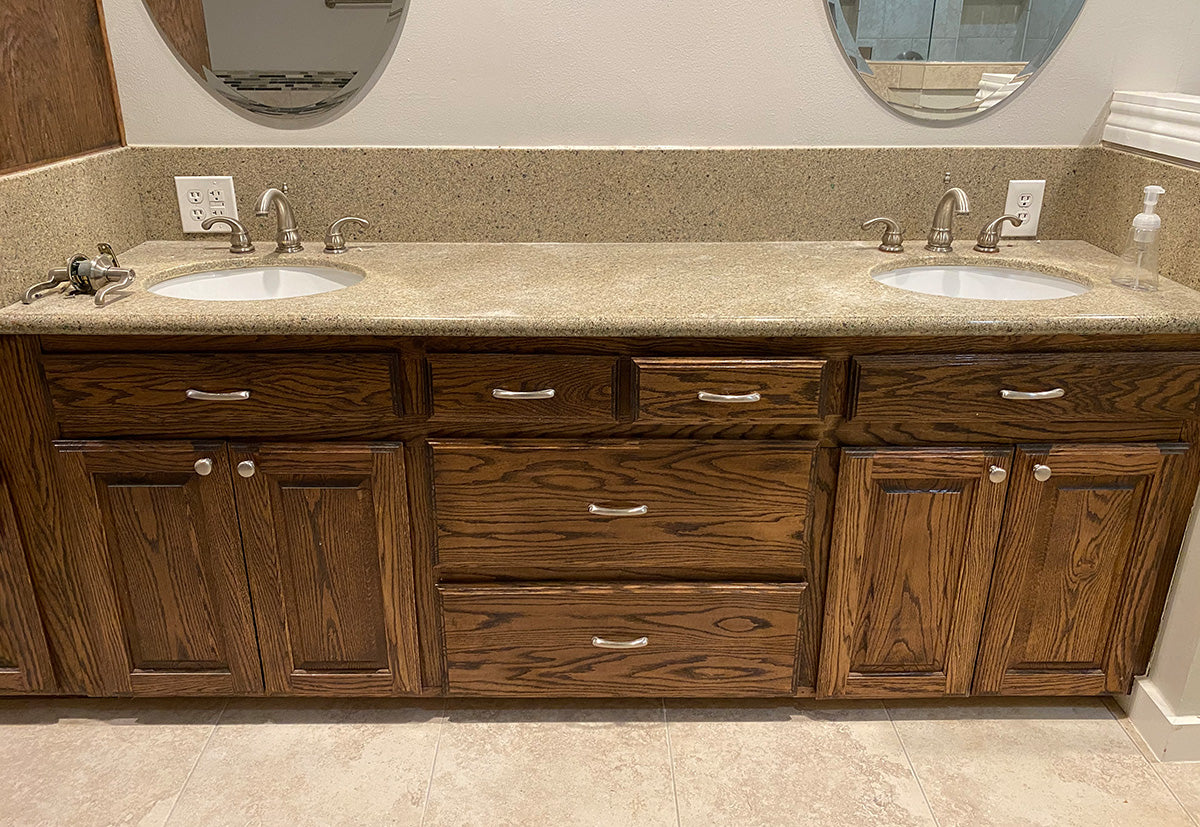
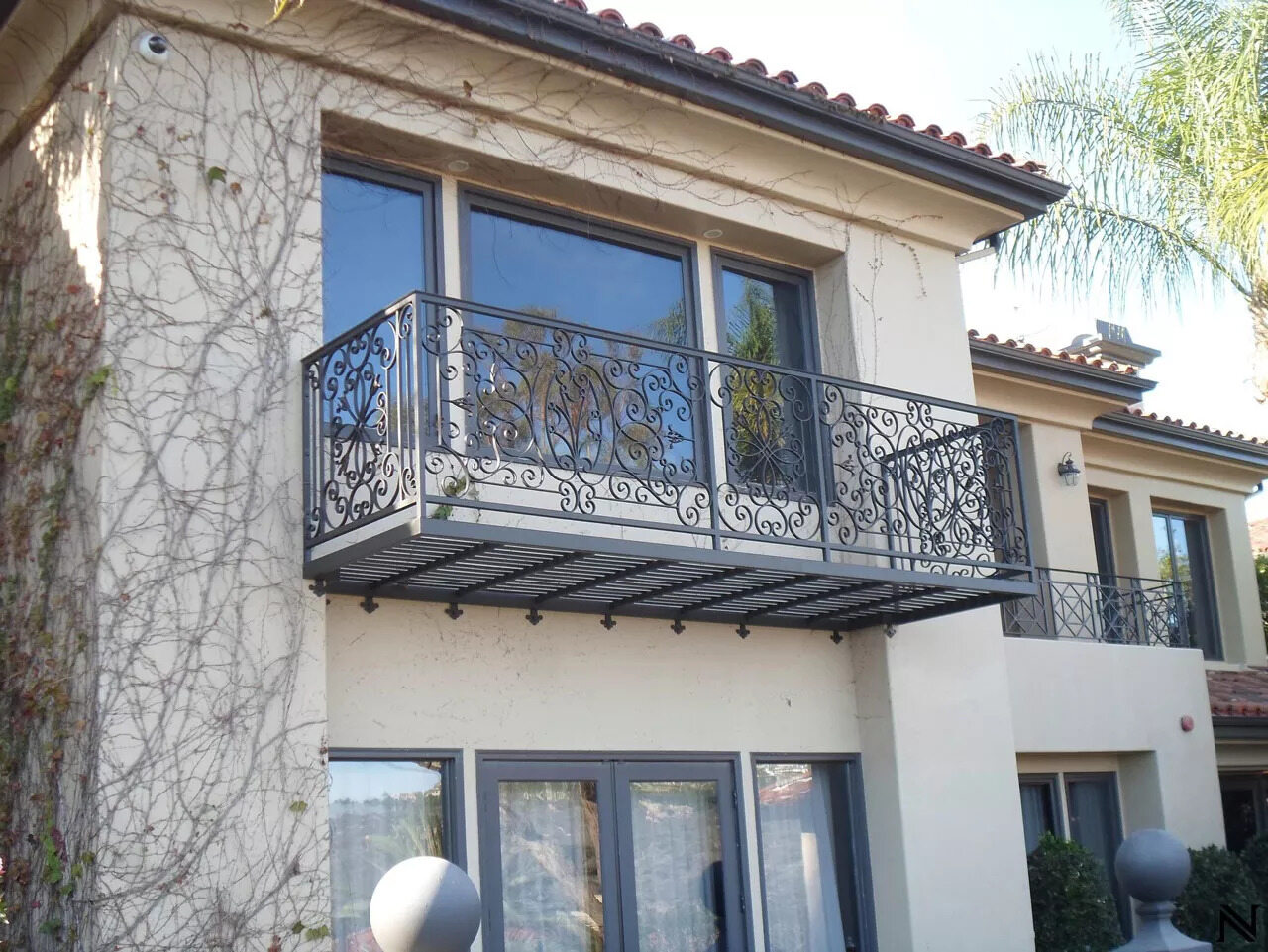





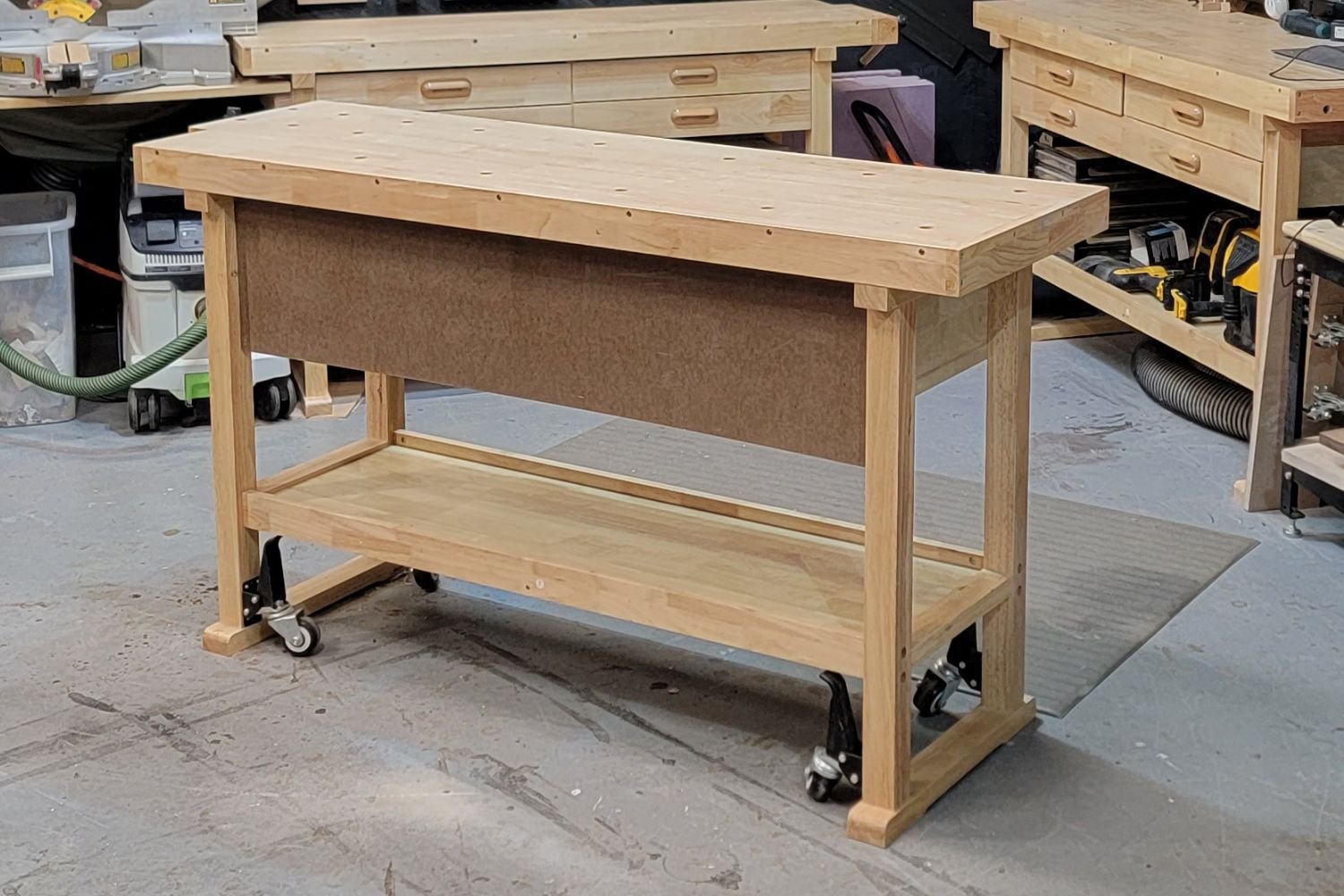


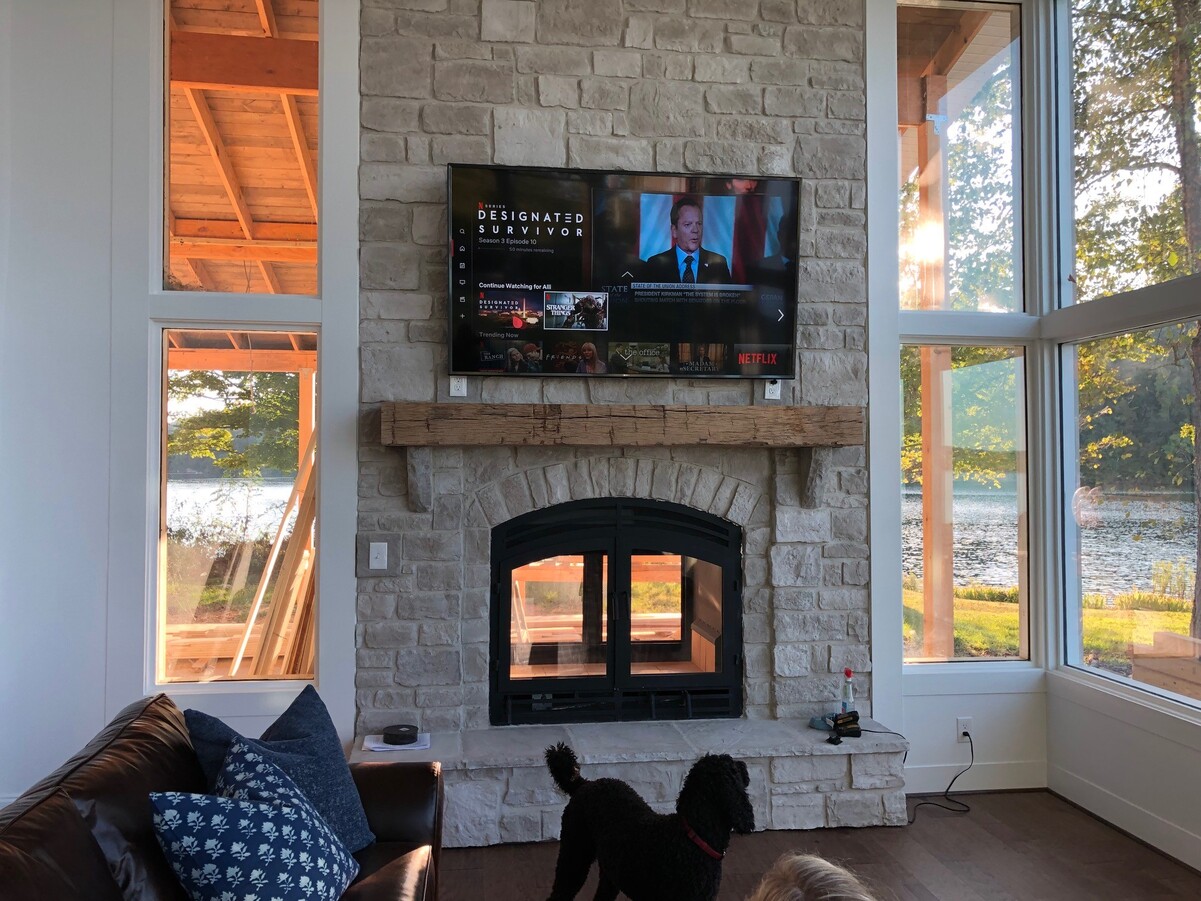
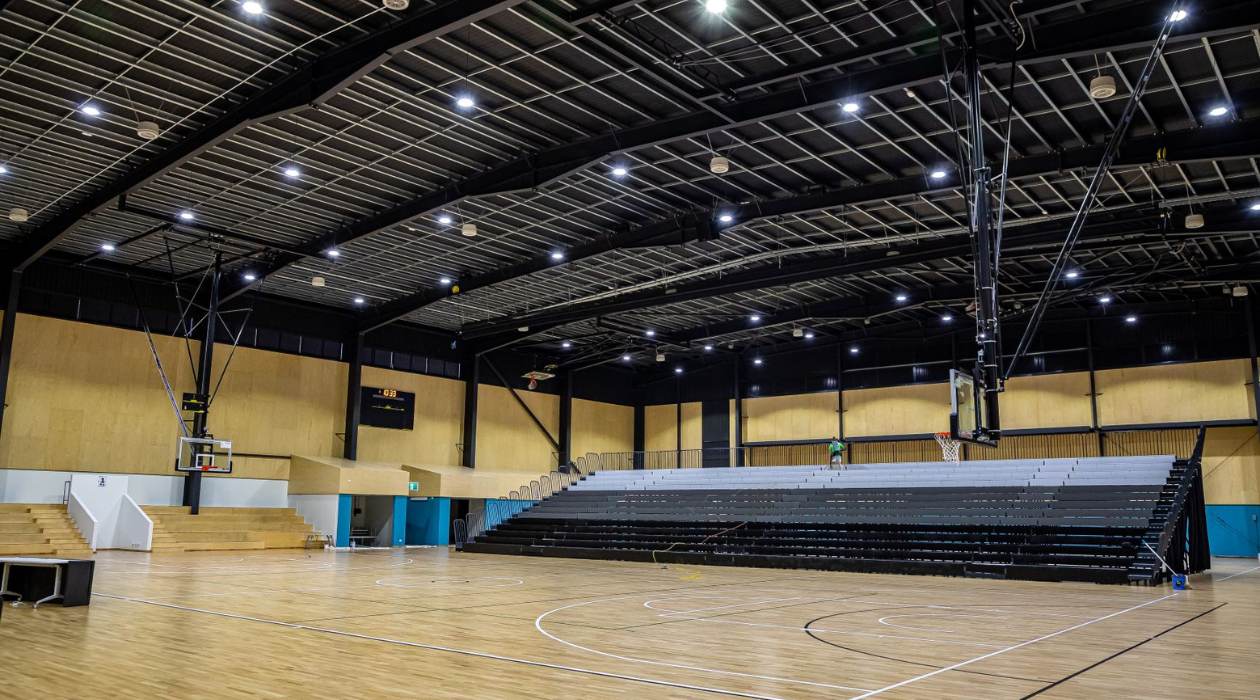

0 thoughts on “How High Should The Backsplash Be”